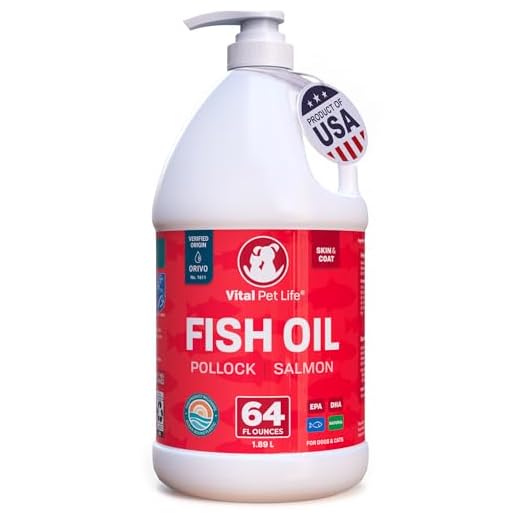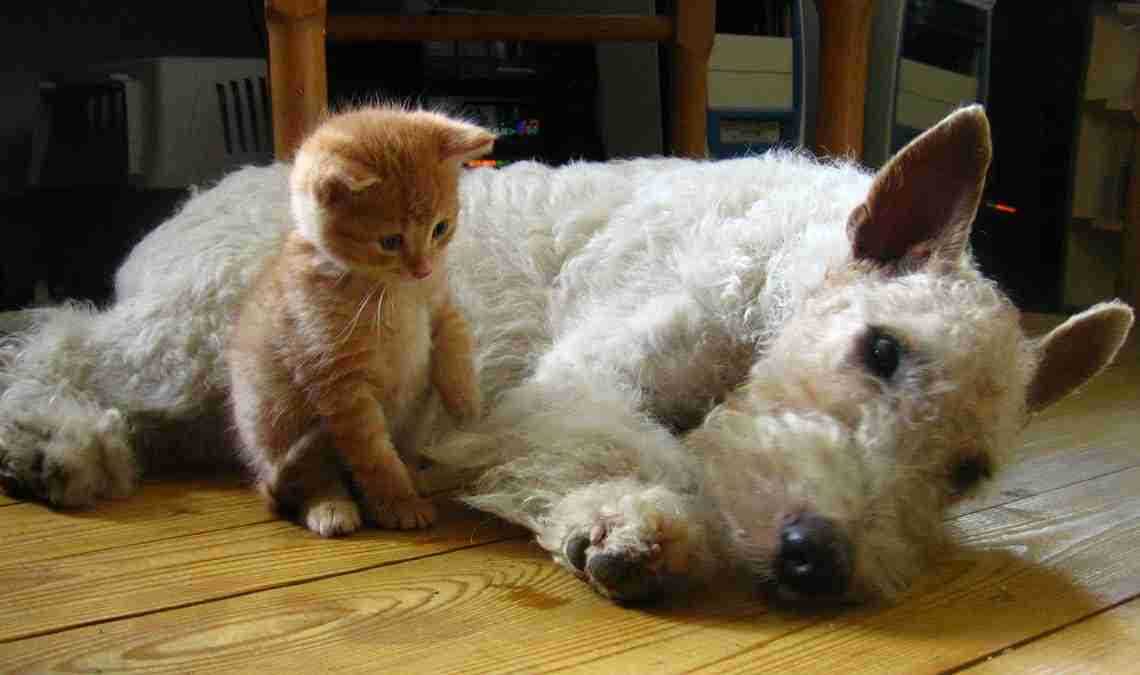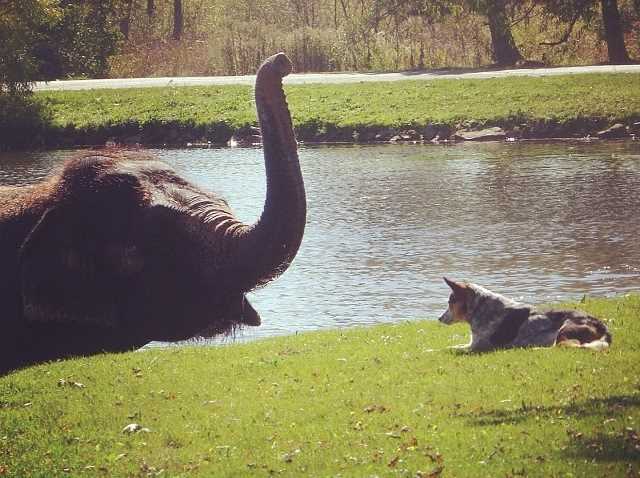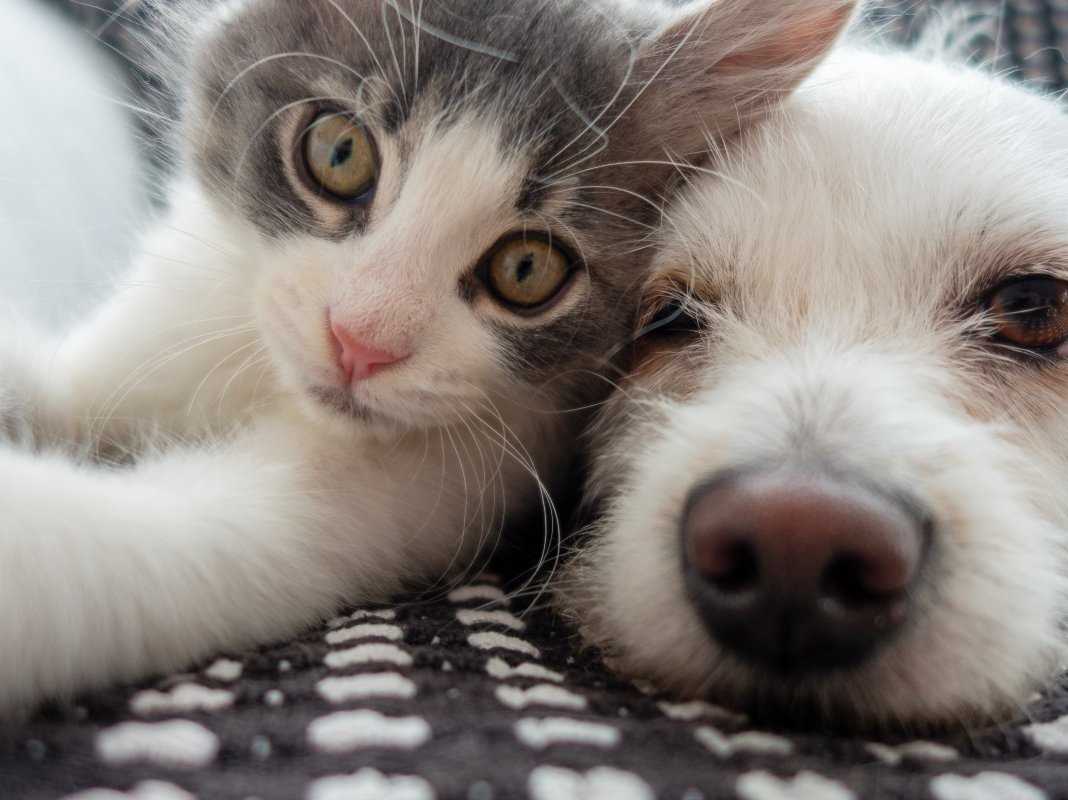



As a Scottish Fold with a keen sense of observation, I can confidently state that a significant factor contributing to the extended years of my kind lies in our genetics. Research indicates that certain breeds, particularly those with less physical exertion requirements, often enjoy longer lifespans. While I may lounge around most of the day, my canine counterparts tend to engage in more rigorous activities, which can lead to health issues over time.
Additionally, dietary choices play a pivotal role. My fellow felines tend to have diets that are more aligned with their natural predatory instincts, often resulting in fewer obesity-related complications. In contrast, many pups may struggle with weight management, as their diets can sometimes be more calorie-dense and less tailored to their nutritional needs.
Another noteworthy aspect is the social structure. I thrive with ample personal space, which often minimizes stress levels. In contrast, dogs often require more social interaction and may experience anxiety when left alone. Chronic stress can significantly impact health, leading to shorter lifespans in more social breeds.
Why Do Felines Outlast Canines?

Genetics plays a significant role in determining life expectancy. Breeds of canines often have predispositions to various health issues. In contrast, many feline breeds tend to exhibit fewer hereditary health problems, contributing to their longevity. For example, mixed-breed cats generally show a lower incidence of genetic disorders compared to purebred canines.
Dietary needs differ greatly. Felines are obligate carnivores, which means their nutritional requirements are more straightforward. A diet high in protein and low in carbohydrates supports their health better than the varied diets often fed to canines, which can lead to obesity and related diseases.
Activity levels also differ. While canines require regular walks and playtime, many felines are capable of self-exercising. This independence allows them to maintain a healthy weight and avoid injuries that might arise from overly strenuous activities.
Stress factors impact wellness significantly. Felines often thrive in stable environments and adapt well to routine, leading to lower stress levels. Canines, however, may experience anxiety from changes in their surroundings or schedules, which can negatively affect their health.
Healthcare practices vary too. Regular veterinary check-ups are crucial, but the frequency and nature of care needed can differ. Many felines are less prone to certain ailments that commonly affect canines, such as hip dysplasia or certain types of cancer, which often require more intensive treatment.
Genetic Factors Influencing Longevity in Cats
Specific genes contribute significantly to the lifespan of felines. Research indicates that certain genetic markers are associated with better health and increased longevity. For example, variations in the FOXO3 gene have been linked to stress resistance and cellular repair mechanisms, essential for a longer and healthier existence.
Metabolic Efficiency

Metabolic pathways differ between species and play a crucial role in lifespan. Felines possess a unique ability to metabolize fatty acids more efficiently, which reduces the risk of obesity-related conditions. This efficiency can be traced back to their wild ancestors, who relied on a high-protein diet, allowing them to maintain optimal health.
Immune System Resilience

The genetic make-up also influences the immune response. Many felines exhibit a strong immune system due to their genetic predisposition, allowing them to fend off diseases effectively. This resilience can be attributed to selective breeding practices that favor healthier specimens, enhancing their overall longevity.
| Genetic Factor | Influence on Longevity |
|---|---|
| FOXO3 Gene | Improved cellular repair and stress resistance |
| Metabolic Pathways | Efficient fat metabolism reduces obesity risk |
| Immune System Genes | Enhanced disease resistance and overall health |
For further insight into how proteins contribute to overall health, check out this resource on where are most plasma proteins produced.
Impact of Size on Lifespan: Cats vs. Dogs
Smaller body size typically correlates with an extended lifespan in various species, including felines and canines. This phenomenon is observable across different breeds within each category. For instance, miniature breeds of canines, such as Chihuahuas or Dachshunds, often reach ages significantly lower than their larger counterparts like Great Danes or Saint Bernards.
In contrast, the average size of a domestic feline remains relatively consistent across breeds, allowing many to achieve impressive longevity. The genetic make-up of smaller breeds allows for fewer health complications associated with size. Larger canines, on the other hand, often face issues like joint problems, heart disease, and certain cancers, which can limit their lifespan.
This size-related disparity is supported by studies showing that larger species tend to age quicker, leading to an array of age-related conditions appearing earlier in life. It’s not just pure size; metabolic rates and growth patterns also factor into longevity. Smaller beings generally have slower metabolisms and mature more gradually, giving them a greater chance to thrive into advanced age.
Monitoring weight and health in any creature can significantly influence quality of life. Regular vet visits and a balanced diet tailored to size can enhance health and longevity. It’s essential to recognize that while size can be a critical determinant, individual care and genetics play pivotal roles in determining lifespan.
Dietary Needs and Their Role in Health
Proper nutrition is crucial for maintaining well-being and longevity. I recommend a balanced diet rich in high-quality proteins, essential fatty acids, vitamins, and minerals. For my fellow felines, protein is a primary energy source, so look for meat-based options. It’s important to avoid fillers like corn or wheat, which provide little nutritional value.
Specific Nutritional Requirements
Hydration plays a significant role in health. I suggest including wet food in the diet; it provides moisture and helps prevent urinary tract issues. Additionally, the right balance of omega-3 and omega-6 fatty acids supports skin and coat health, enhancing overall vitality.
Weight Management
Maintaining a healthy weight is essential. Overweight companions face many health issues, including joint problems and diabetes. Regular monitoring of body condition and portion control can help keep weight in check. I find that interactive feeding toys stimulate both mental and physical activity, aiding in weight management.
Consulting with a veterinarian for personalized dietary recommendations can ensure optimal nutrition tailored to individual needs. Adapting feeding practices based on age, activity level, and health status is key to promoting a longer, healthier life.
Common Health Issues in Dogs Compared to Cats
When assessing health concerns, canines face a different set of challenges. Conditions such as hip dysplasia are prevalent among larger breeds, leading to joint pain and mobility issues. This is less common in felines, who typically maintain more flexible joints and lower body weight.
Obesity poses a significant risk for many dogs, particularly those with sedentary lifestyles. This condition can trigger diabetes, heart disease, and other complications. In contrast, my fellow felines tend to regulate their food intake better and remain more active, reducing obesity-related health issues.
Heart Conditions
Cardiac problems are frequently seen in dogs, especially breeds like Boxers and Doberman Pinschers, prone to dilated cardiomyopathy. Felines, while not immune to heart issues, experience fewer incidents of this specific condition. Regular veterinary check-ups help monitor any potential heart problems early on.
Skin Disorders
Allergies and skin infections are common among dogs, often resulting from environmental factors or food sensitivities. These issues can lead to significant discomfort and require ongoing treatment. In contrast, while cats can suffer from skin ailments, they tend to have more resilient skin, reducing the likelihood of severe issues.
Indoor vs. Outdoor Living and Its Effects
For optimal health and longevity, indoor environments are preferable. These spaces reduce exposure to various dangers that outdoor settings present. Here are some key points to consider:
- Indoor residents experience fewer injuries from traffic and wildlife encounters.
- The risk of infectious diseases, such as feline leukemia or rabies, is significantly lower indoors.
- Controlled environments allow for easier management of temperature and humidity, promoting comfort and reducing stress.
Exposure to outdoor elements can lead to chronic health issues. Allergens, parasites, and environmental toxins are prevalent outside, potentially causing long-term complications. In contrast, indoor companions typically have fewer health concerns related to these factors.
Social interaction also differs. Indoor settings provide a stable environment with consistent companionship, reducing anxiety. Outdoor exposure might lead to stress from territorial disputes or encounters with unfamiliar animals.
Dietary control is simpler indoors. Access to a balanced diet without the risk of scavenging or consuming harmful substances is crucial for maintaining health. Outdoor living can result in unpredictable eating habits, affecting overall well-being.
Regular veterinary check-ups are easier to manage for indoor residents, ensuring early detection of health issues. Outdoor lifestyles often lead to delayed medical attention, as signs of illness may be overlooked.
In summary, opting for an indoor lifestyle can significantly enhance health and promote a longer, happier existence.
The Role of Veterinary Care in Extending Life
Regular check-ups are non-negotiable for maintaining optimal health. Visits to the vet help catch potential issues early, allowing for timely interventions. Aim for annual examinations, or bi-annual for seniors, to ensure everything is in check.
Preventive Measures
- Vaccinations: Keeping up with vaccination schedules protects against various diseases.
- Dental Care: Regular dental cleanings can prevent serious health issues linked to oral hygiene.
- Parasite Control: Year-round prevention for fleas, ticks, and worms safeguards overall health.
Nutrition and Weight Management
Nutrition plays a pivotal role in longevity. Discuss dietary options with your veterinarian, ensuring you have a tailored plan. High-quality food, such as the best hard food for cats, can significantly improve health outcomes.
Weight management is equally crucial. Obesity can lead to numerous health complications, so maintain a healthy weight through balanced meals and regular activity. Your vet can help establish a suitable weight range and recommend portion sizes.
Lastly, never underestimate the importance of a strong bond with your veterinarian. A trusted relationship aids in better communication regarding health concerns, ensuring that your needs are addressed promptly. Prioritize these visits for a prosperous life ahead.
FAQ:
What are the main reasons that contribute to the longer lifespan of cats compared to dogs?
Cats generally live longer than dogs due to several factors. Firstly, their size plays a significant role; smaller animals tend to have longer lifespans. Cats are usually smaller than many dog breeds. Secondly, cats are often less prone to certain health issues that commonly affect dogs, such as obesity and heart disease. Additionally, cats tend to lead a more sedentary lifestyle, which can contribute to lower stress levels and reduced risk of injury. Lastly, genetics also plays a crucial role, as some cat breeds are known for their longevity.
How does diet influence the lifespan of cats and dogs?
The diet of both cats and dogs greatly impacts their longevity. Cats are obligate carnivores, meaning their diet primarily consists of meat, which provides essential nutrients they need to thrive. A balanced diet tailored to their specific needs can enhance their overall health and longevity. On the other hand, dogs are omnivores and their diet can vary widely. Poor nutrition, especially in dogs, can lead to obesity and related health issues, which can shorten their lifespan. Providing high-quality food suitable for each pet’s age, size, and health condition is crucial for maximizing their lifespan.










